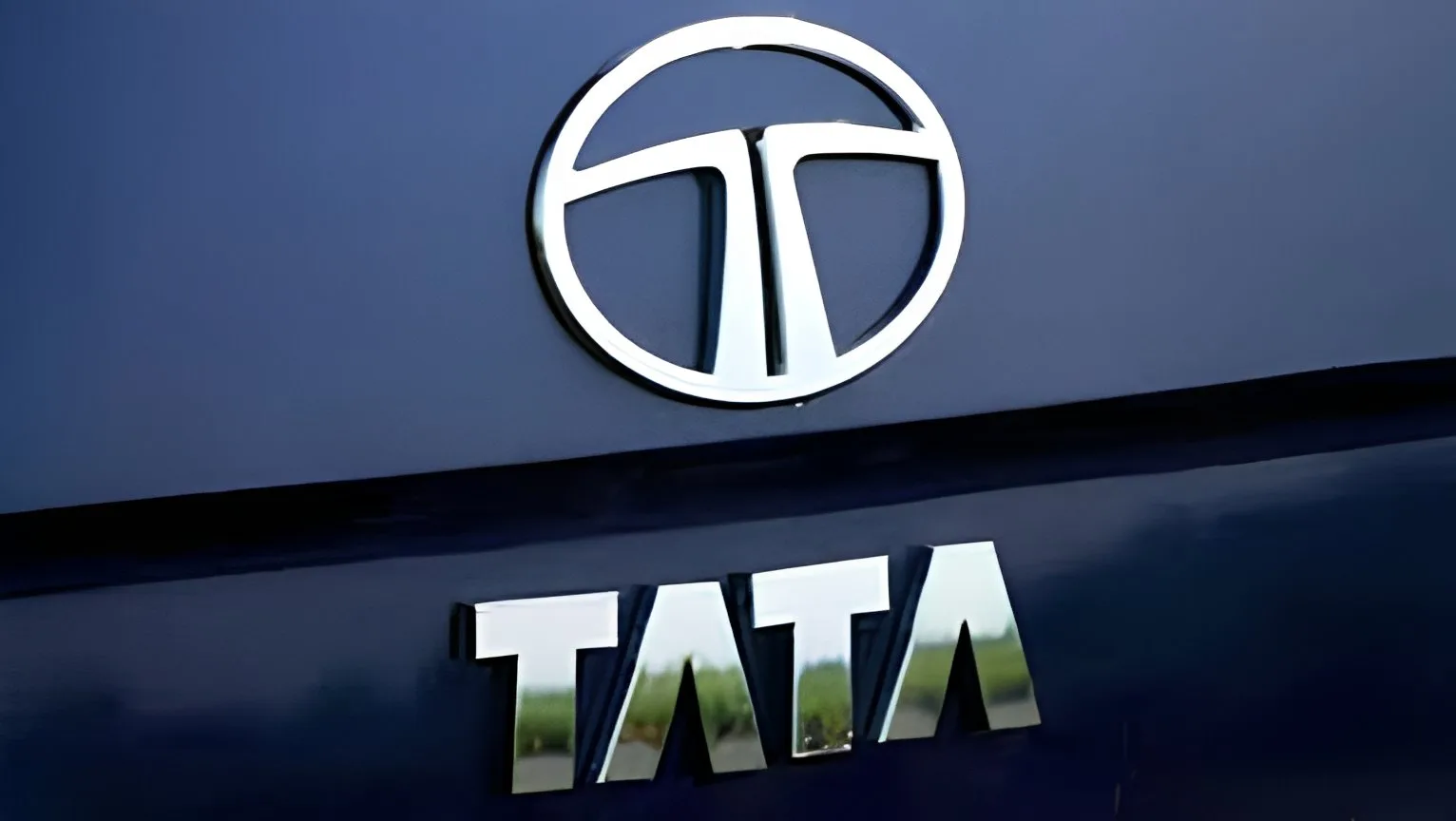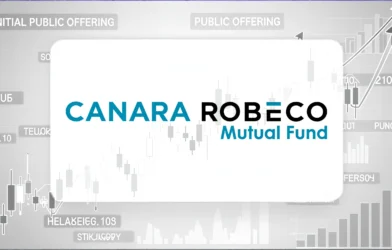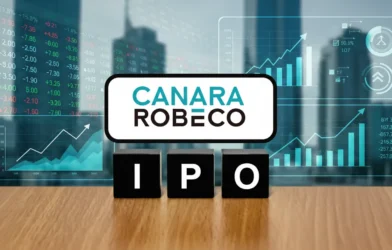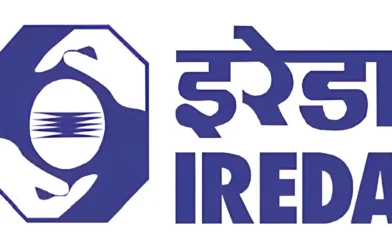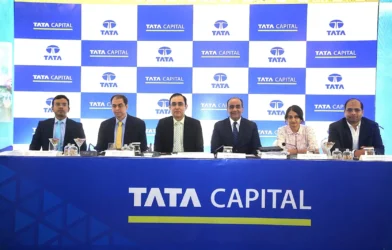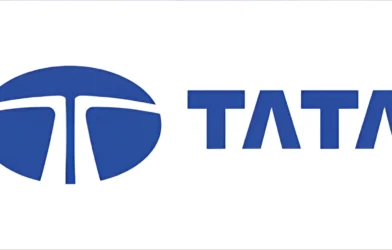Author: Aarya Shah | EQMint | Market News
Today marks one of the most significant moments in India’s corporate history — the official demerger of Tata Motors. With this strategic move, the iconic automaker has separated its operations into two distinct entities, redefining its business structure and giving investors a clearer view of its diverse strengths.
The demerger has been in the works for over a year and is designed to unlock value, streamline focus, and enhance agility across two high-growth divisions: passenger vehicles and commercial vehicles. As of October 14, 2025, the company’s shareholders officially hold stakes in two separate businesses — Tata Motors Passenger Vehicles Limited (TMPV) and TML Commercial Vehicles Limited (TMLCV).
The Split: What’s Changing
Under the approved demerger scheme, Tata Motors has divided its businesses into two independent entities:
-
- Tata Motors Passenger Vehicles (TMPV) will include the domestic passenger vehicle segment and the luxury global brand Jaguar Land Rover (JLR).
-
- TML Commercial Vehicles (TMLCV) will handle the commercial and fleet segment, including trucks, buses, and electric cargo vehicles.
For every one share of Tata Motors, investors will now receive one share of TMLCV — a 1:1 ratio.
The move officially took effect on October 1, 2025, but October 14 marks the record date — the day markets formally acknowledge the split. This means shareholders recorded as of today will receive equivalent shares in the newly listed commercial vehicle company.
TMLCV is expected to list on both the BSE and NSE in early November, while TMPV will continue trading as the rebranded Tata Motors Passenger Vehicles.
How the Market Reacted
As the market opened today, Tata Motors began trading ex-commercial vehicle business, marking the start of a new era for both entities. The pre-open session determined TMPV’s initial price around ₹400 per share.
However, volatility quickly took over. After an early dip of over 5%, investor optimism lifted the stock again, pushing it up by nearly 6% during the session. Such sharp swings reflect both excitement and uncertainty as traders recalibrate their positions based on the separate valuations of the two companies.
Analysts have already started issuing independent assessments. Most brokerage houses estimate that the split unlocks greater transparency and could lead to stronger market performance over time. Nomura, for instance, values each entity roughly equally, reflecting the strong fundamentals of both divisions.
Market experts believe the PV + JLR business may command a premium due to its expanding global footprint and electric vehicle ambitions, while the CV division could benefit from India’s infrastructure push and rising logistics demand.
Why Tata Motors Chose to Demerge
The decision to demerge is rooted in strategy, not just structure. By separating the passenger and commercial vehicle units, Tata Motors aims to:
-
- Sharpen business focus: Each segment can now pursue tailored strategies, partnerships, and innovations.
-
- Improve capital efficiency: Investors can evaluate each company on its individual performance, free from the drag or dependency of the other.
-
- Enhance investor appeal: Distinct businesses attract specialized investors — global funds for JLR and EV enthusiasts on one side, and industrial investors on the other.
-
- Foster accountability: Management teams will have clearer metrics and targets, enabling stronger governance and operational agility.
The move aligns with Tata Group’s broader philosophy of empowering subsidiaries to compete independently while maintaining long-term value creation under a unified ethos.
Timeline of the Journey
The demerger plan was first announced in August 2024, with board approval setting the stage for one of the most anticipated restructurings in the auto sector.
By March 2025, the National Company Law Tribunal (NCLT) cleared the proposal, and shareholders approved the plan in May 2025.
The company then set October 1 as the legal effective date, with October 10 designated for transferring non-convertible debentures to the new entity.
Finally, October 14 became the record date for shareholders — a landmark date that officially separates the two businesses in market terms.
The new listing of TMLCV is scheduled for November 2025, after which both stocks will trade independently.
What It Means for Shareholders
For investors, the immediate outcome is simple — every Tata Motors share you own translates into one share of TMPV and one of TMLCV. But the implications go deeper.
-
- Short-term: Expect volatility as markets adjust to price discovery for both companies. The combined value might initially fluctuate as traders rebalance portfolios.
-
- Medium-term: Analysts expect clearer valuation visibility. Investors can now target growth segments more precisely — luxury and EVs under TMPV, logistics and mobility solutions under TMLCV.
-
- Long-term: The demerger is widely seen as a value-unlocking move that could boost overall shareholder wealth once both entities establish independent track records.
While some investors might be cautious about short-term volatility, most market watchers believe the split is a forward-looking decision that reflects Tata Motors’ confidence in its fundamentals.
What Lies Ahead
This separation is not just about corporate restructuring — it’s about positioning Tata Motors for the next decade of transformation.
TMPV is now free to double down on the EV revolution, expand the JLR luxury portfolio, and strengthen its domestic passenger car leadership. Meanwhile, TMLCV will focus on commercial innovation, electric mobility solutions for fleets, and exports in emerging markets.
Together, the two arms represent the full spectrum of India’s automotive future — from heavy-duty trucks powering national infrastructure to sleek EVs leading sustainable urban mobility.
For Tata Motors, this demerger is both an end and a beginning. It marks the culmination of years of internal restructuring and the dawn of two focused, agile companies ready to steer India’s auto story forward.
Disclaimer: This article is based on information available from public sources. It has not been reported by EQMint journalists. EQMint has compiled and presented the content for informational purposes only and does not guarantee its accuracy or completeness. Readers are advised to verify details independently before relying on them.


